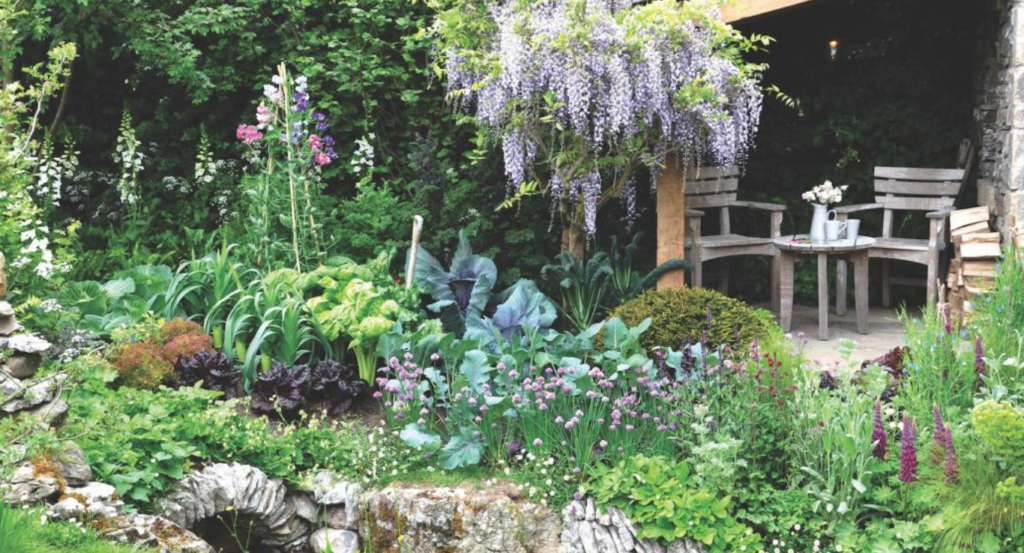In the realm of emergency preparedness, the concept of an edible landscape has gained significant traction. Rather than limiting outdoor spaces to purely ornamental plants, more individuals are recognizing the myriad benefits of integrating edible elements into their surroundings. From enhancing biodiversity to fostering a deeper connection with nature, creating an edible landscape offers a plethora of advantages that extend beyond mere aesthetic appeal.
-
Sustainability and Self-Sufficiency:
One of the primary benefits of an edible landscape lies in its contribution to sustainability. By incorporating edible plants such as fruits, vegetables, and herbs into your garden, you can reduce your reliance on store-bought produce. This shift towards self-sufficiency not only promotes a more sustainable lifestyle but also enables individuals to have greater control over the quality and origin of their food. You’ll save more money on what you buy at the store. Furthermore, you can preserve a part of what you are growing for long term storage. In an emergency situation, you have food to eat.
-
Biodiversity Enhancement:
Edible landscapes encourage a diverse array of plants, attracting a variety of pollinators and beneficial insects. Unlike traditional lawns that often require chemical inputs and contribute to biodiversity loss, an edible landscape fosters a healthier ecosystem. By planting a mix of fruits, vegetables, flowers, and herbs, you create a balanced environment that supports bees, butterflies, and other essential pollinators.
-
Water Conservation:
Many edible plants are well-adapted to local climates and can thrive with minimal water requirements. By choosing drought-resistant and native edible species, you can significantly reduce your water consumption compared to maintaining a traditional lawn or ornamental garden. This not only benefits the environment but also contributes to water conservation efforts in regions prone to drought.
-
Aesthetic Appeal with Functional Design:
An edible landscape can be just as visually appealing as a traditional garden, if not more so. Incorporating fruit trees, berry bushes, and vibrant vegetable patches adds color, texture, and dimension to outdoor spaces. Furthermore, the functional design of an edible landscape ensures that every plant serves a purpose, blurring the lines between aesthetics and practicality.
-
Health and Well-being:
Engaging with an edible landscape can have positive effects on physical and mental well-being. Gardening itself has been linked to reduced stress levels and improved mood. Additionally, the availability of fresh, homegrown produce encourages a healthier diet, promoting better nutrition and overall health for those who tend to the garden.
-
Educational Opportunities:
For families and schools, an edible landscape becomes a living classroom. Children can learn about plant life cycles, the importance of soil health, and sustainable gardening practices. The hands-on experience of growing, harvesting, and preparing food fosters a deeper connection with the environment and promotes valuable life skills.
Conclusion:
In a world with all the unknowns, creating an edible landscape represents a meaningful and practical step towards sustainability. Beyond the tangible benefits of fresh produce, these landscapes contribute to the beauty of outdoor spaces and provide opportunities for education.
For more information see the link below.

